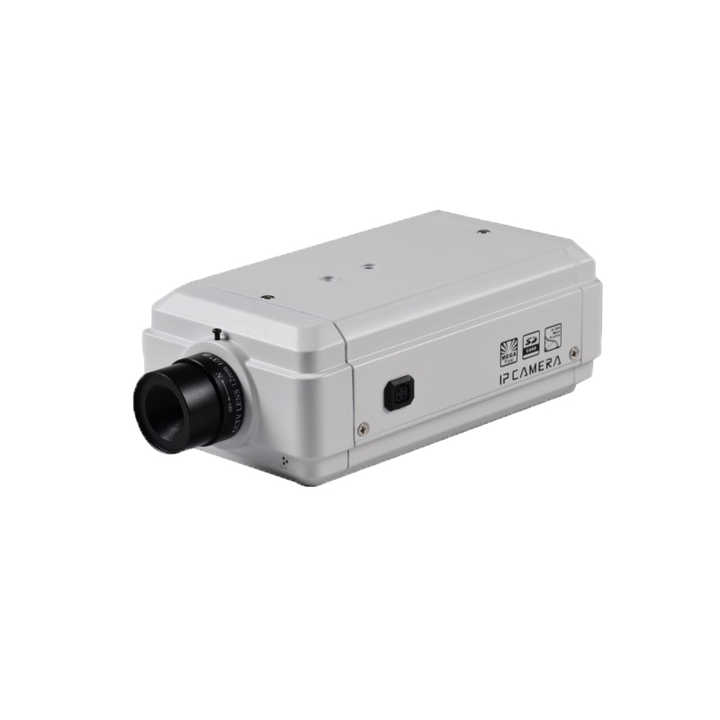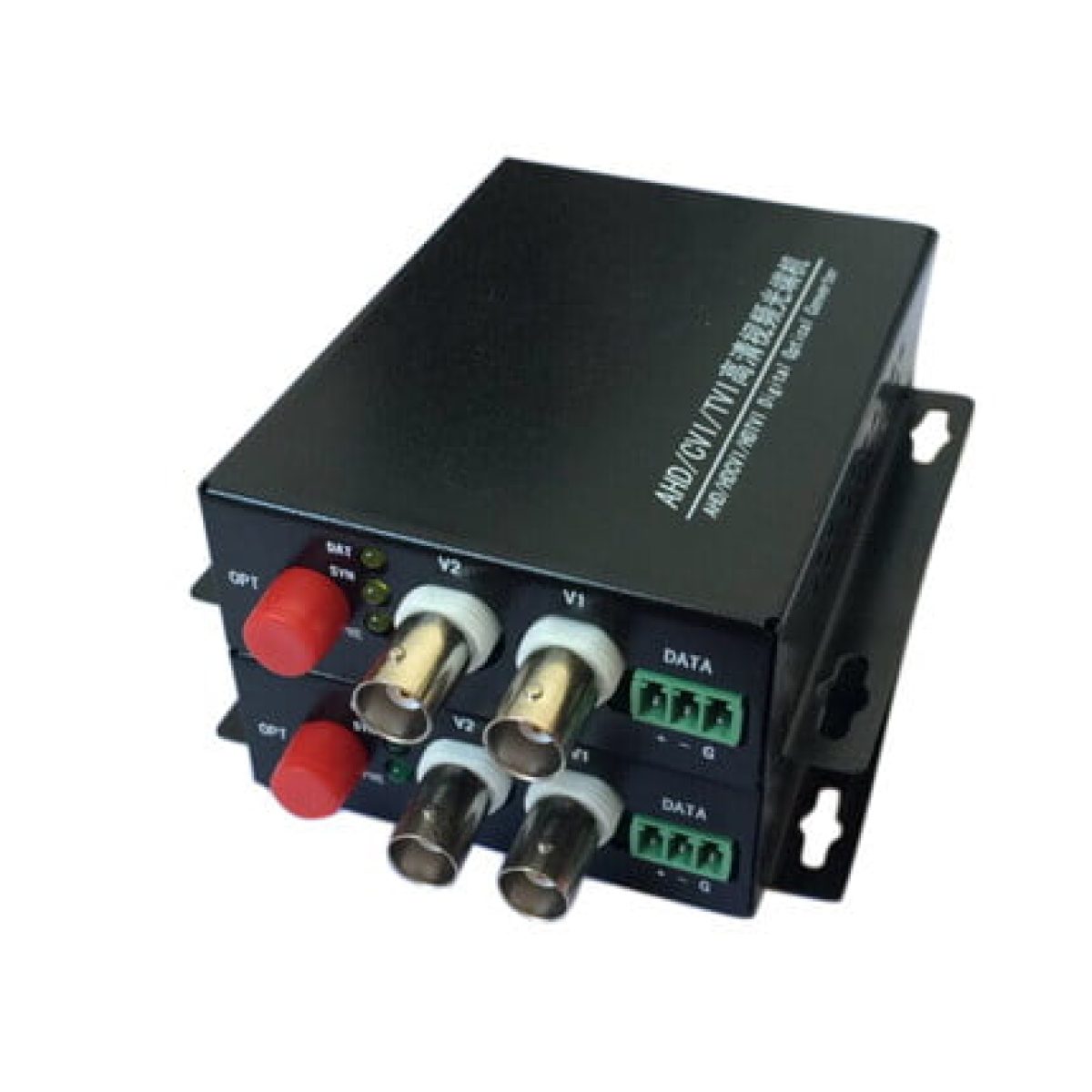Top Reasons of Installing a Fiber Optic Security Camera for Your Home
Exactly How CCTV Cameras With Fiber Optic Output Improve Long-Distance Tracking
CCTV video cameras geared up with fiber optic outcome stand for a substantial innovation in long-distance surveillance technology, providing unparalleled advantages over typical systems. By leveraging the buildings of light transmission through fiber optics, these video cameras guarantee high-def video clip top quality remains undamaged throughout extensive distances while effectively reducing electromagnetic disturbance - cctv fibre optic cable.

Understanding Fiber Optic Modern Technology
Fiber optic modern technology is increasingly used in long-distance tracking applications as a result of its remarkable capacity for data transmission. This technology employs thin hairs of glass or plastic fibers to send data as light signals, substantially minimizing the depletion typically connected with conventional copper cable televisions. The inherent homes of fiber optics permit the transmission of huge quantities of information over significant distances without loss of top quality, making it an excellent selection for applications needing dependable communication.
The concept of overall internal representation assists in the efficient transmission of light within the fiber, ensuring high transmission capacity and speed. Unlike electric signals in metal cables, optical fiber are immune to electro-magnetic interference, boosting the stability of data transmission. This particular is especially valuable in atmospheres with high levels of electric noise, such as commercial settings or city areas.
Furthermore, fiber optic cables are lighter and extra versatile than their copper equivalents, which simplifies installment and decreases architectural tons. With their resilience and resistance to ecological factors, fiber optics are fit for exterior applications, consequently extending the reach of monitoring systems. Consequently, fiber optic technology is ending up being a keystone in modern monitoring options, effectively dealing with the obstacles of long-distance tracking.
Advantages of Fiber Optic CCTV
Making use of fiber optic technology in CCTV systems provides many benefits that enhance surveillance abilities. Among the key advantages is the ability to send high-def video over cross countries without considerable signal destruction. Unlike traditional copper cables, fiber optics can preserve video clip top quality over comprehensive runs, making them optimal for big residential or commercial properties or remote monitoring locations.
Additionally, fiber optic cable televisions are less vulnerable to electromagnetic interference, which can distort signals in conventional systems. This ensures clearer photos and undisturbed solution, vital for security monitoring. Additionally, optical fiber are inherently more secure, as obstructing signals requires specialized devices, thus offering an extra layer of defense versus unauthorized access.
The lightweight and portable nature of fiber optic cable televisions also streamlines installation, making it possible for less complicated routing via limited spaces and minimizing overall labor prices. Their sturdiness makes them resistant to ecological factors such as dampness and temperature changes, extending the lifespan of the monitoring system.
Lastly, fiber optic systems can support a majority of cams on a single network, enhancing sources and providing scalability for future growth. These advantages make fiber optic CCTV systems a remarkable selection for modern monitoring demands.
Comparison With Standard Equipments
When comparing CCTV systems, conventional arrangements often fall brief in numerous key areas, especially in regards to range and signal integrity. Traditional coax systems normally have a peek here encounter significant signal degradation over cross countries, restricting reliable surveillance ranges to roughly 300 feet (cctv fibre optic cable). Yet threshold, image clarity diminishes, resulting in prospective blind areas and lowered security performance
In comparison, fiber optic systems maintain signal integrity over a lot better ranges, commonly going beyond numerous miles without loss of top quality. This is greatly due to their capacity to send information as light signals, which are less vulnerable to electromagnetic interference than electrical signals used in traditional systems.
Additionally, typical systems call for extra comprehensive maintenance and troubleshooting due to their susceptability to ecological variables such as dampness and electro-magnetic noise. Fiber optic systems, conversely, deal boosted durability and reduced upkeep prices, as they are much less susceptible to damage.
Applications in Long-Distance Surveillance
The advantages of contemporary CCTV systems in maintaining signal integrity over fars away open a variety of applications for long-distance surveillance. One substantial application is in city surveillance, where districts deploy fiber optic CCTV systems to check public rooms, enhancing security and hindering criminal activity. These systems provide continual, top notch video feeds that are vital for effective police and emergency reaction.
An additional important application remains in industrial setups, where remote surveillance of producing procedures and hazardous areas is her explanation crucial. Fiber optic CCTV can endure rough environments and transfer information over cross countries without loss of high quality, permitting for real-time oversight and minimizing dangers to employees.
Additionally, crucial facilities such as flight terminals, trains, and pipelines benefit from long-distance CCTV tracking. Safety groups can manage big locations from streamlined control spaces, making sure fast reaction to any type of events.
Furthermore, in agricultural settings, farmers utilize long-distance CCTV to monitor plants and animals, assisting to improve productivity and security. Overall, the versatility and integrity of fiber optic CCTV systems make them crucial throughout different markets, allowing comprehensive security remedies customized to particular needs.
Future Fads in Monitoring Technology
Just how will innovations in innovation reshape the landscape of surveillance? The future of security innovation is poised for substantial change, driven by innovations such as fabricated knowledge (AI), machine understanding, and edge computer. why not look here These technologies make it possible for real-time data evaluation, allowing for fast recognition of potential hazards and improved situational awareness.
AI-powered analytics will certainly improve the precision of face recognition systems, reducing false positives and enabling a lot more efficient tracking of people. The combination of Net of Things (IoT) gadgets will promote a smooth network of interconnected surveillance systems, enhancing tracking capacities throughout vast areas.
One more pattern is the change in the direction of cloud-based storage space solutions, which offer scalable data administration and access. This will allow companies to store vast amounts of video data without the limitations of physical storage, while guaranteeing that info is quickly retrievable.

Verdict
In verdict, CCTV electronic cameras equipped with fiber optic result stand for a substantial improvement in long-distance tracking abilities. The usage of fiber optic technology ensures high-def video clip transmission over comprehensive distances without top quality deterioration, while likewise providing resistance to electromagnetic interference. The light-weight and versatile nature of these systems facilitates structured setup and resource optimization. As security innovation remains to progress, the adoption of fiber optic solutions will likely play an essential role in boosting safety across varied applications.